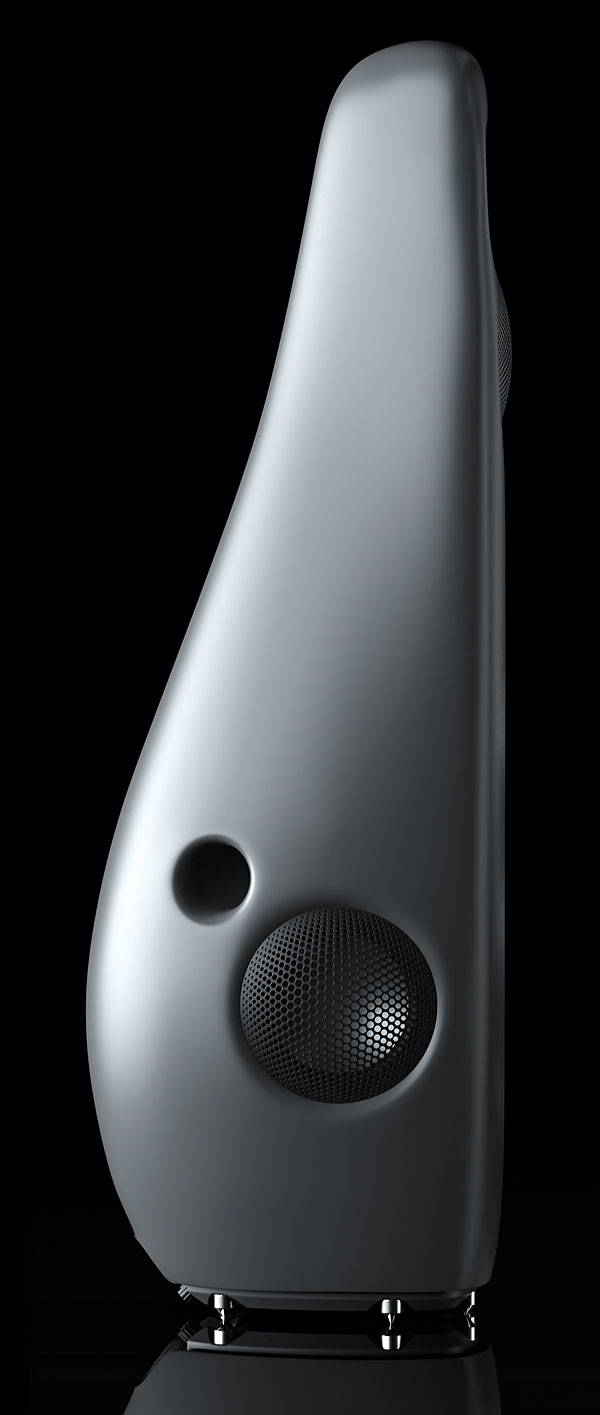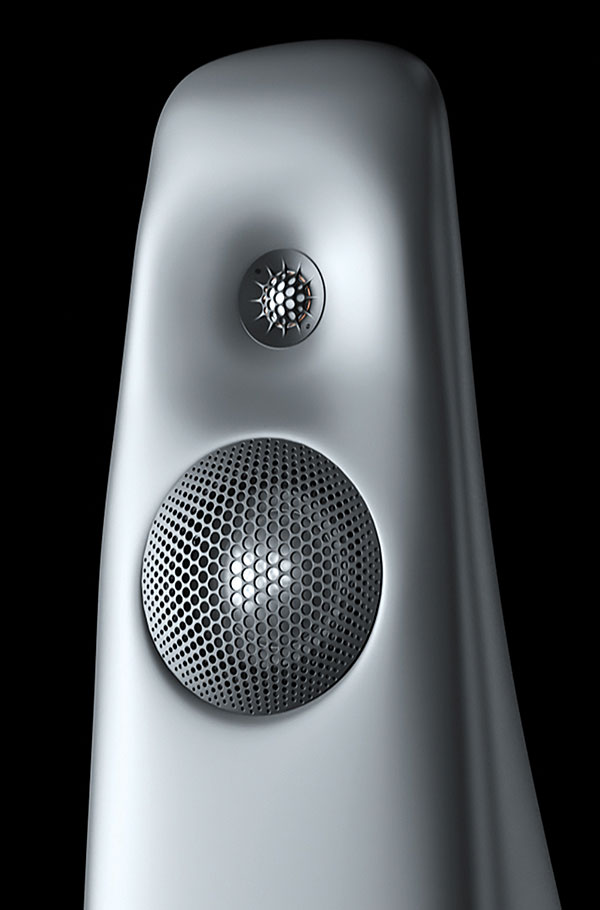| Columns Retired Columns & Blogs |
... the similarly priced Revel Ultima2 Studios?
Do the Kayas capture the "flag" that the Revel Performa F228Bes "planted in the ground at the $10,000/pair meridian?"
Are the Kayas more of a "pure delight" than the Dutch & Dutch 8cs?
If the GoldenEar Triton One.R "does it all, and at a fair price", then what, if anything, does it lack?
To paraphrase the amp review, if one of these speakers is right, then the others must be wrong.
If the "the Kayas sounded good from the moment they hit the carpet" and "never failed to please, with any musical source at any reasonable listening level", then why is KR not buying them (instead of returning them and missing them)?











































